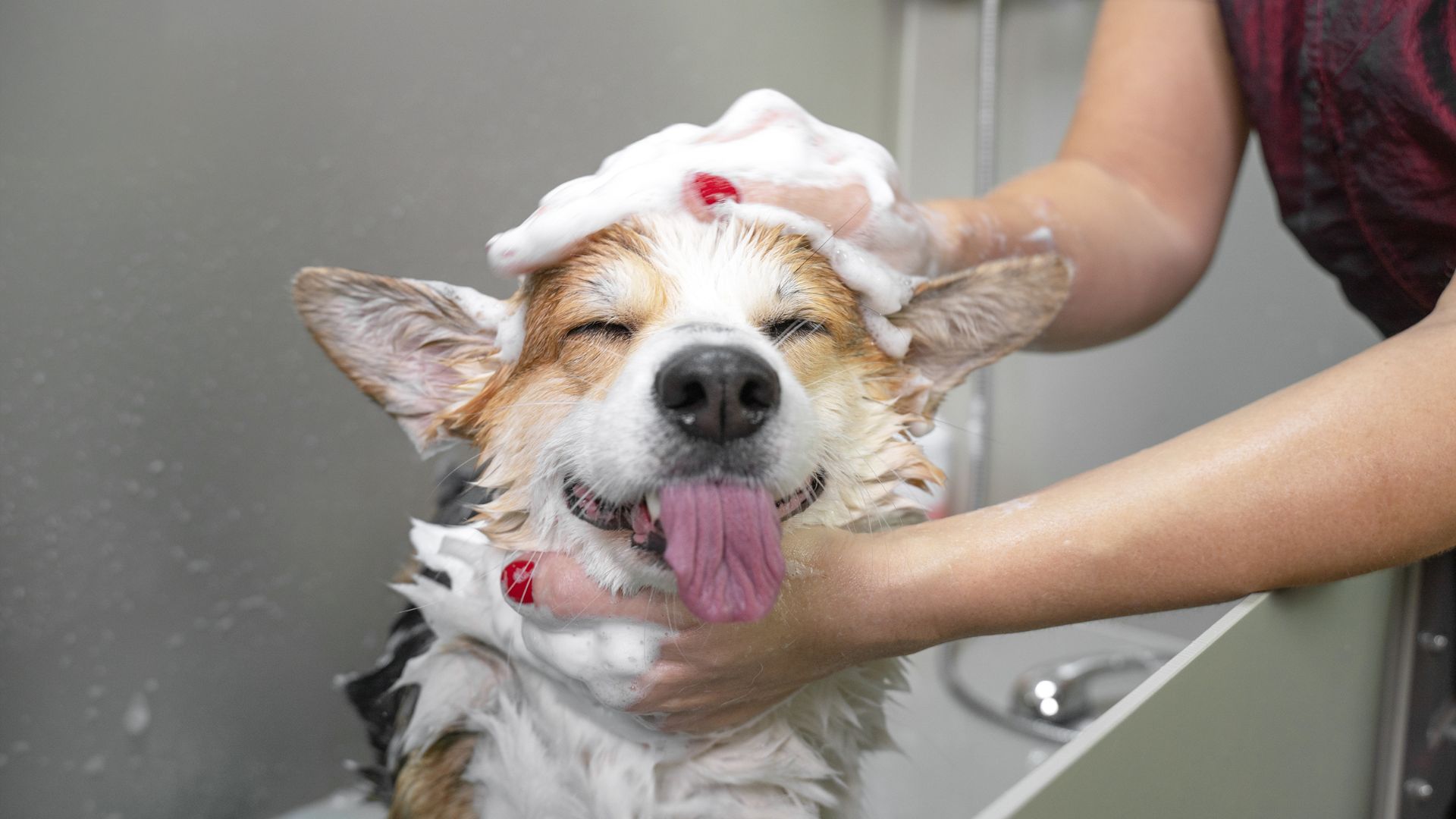14 Tips to Make Your Dog Wash Easier
December 27, 2024
Washing a dog can sometimes be a challenging task, but with the right tips and hacks, it can be a stress-free experience for both the dog and the owner. Here are 14 practical suggestions to make your dog wash easier and more efficient.

